
Mesa Arch
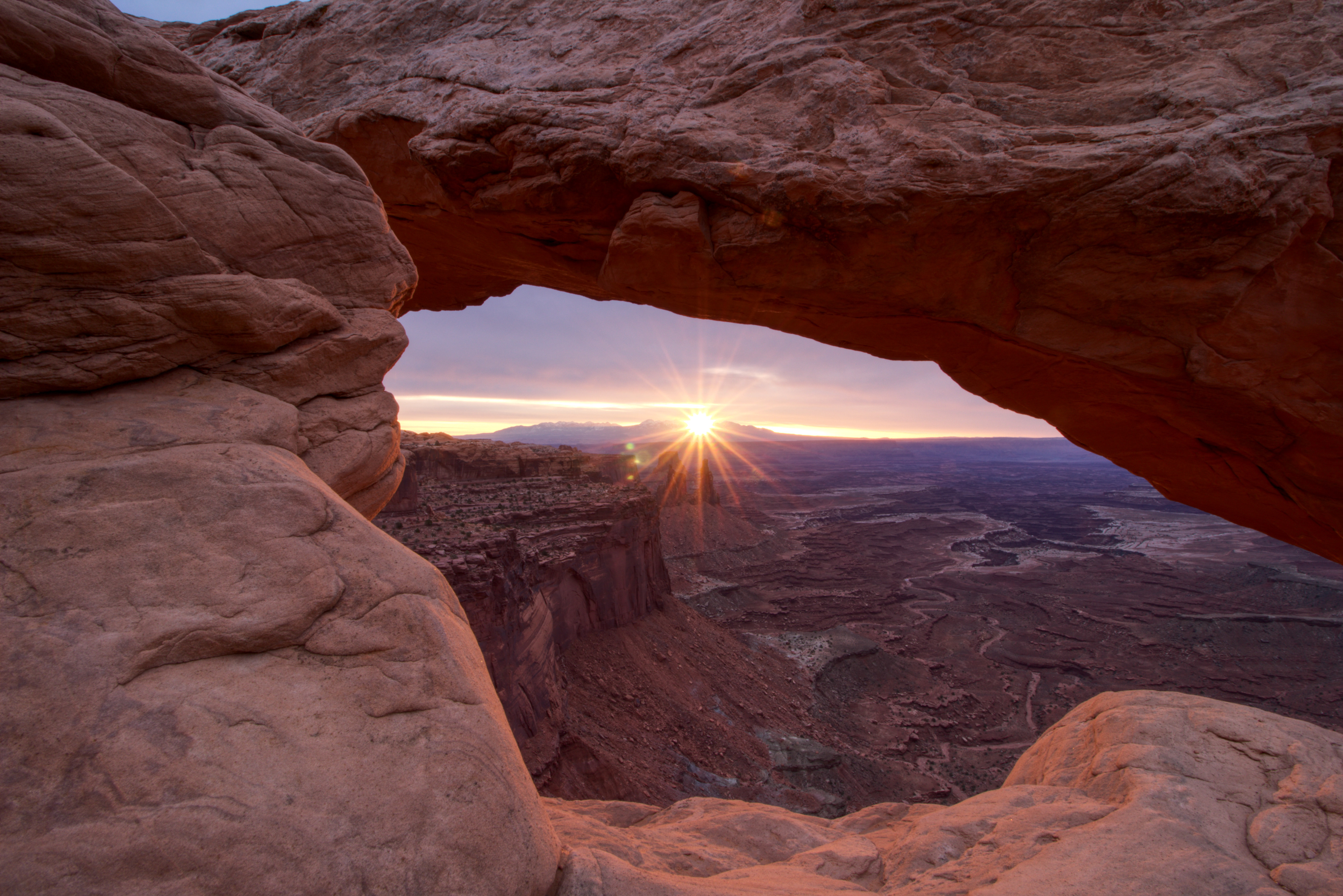
Mesa Arch

Double O Arch

Potash Road

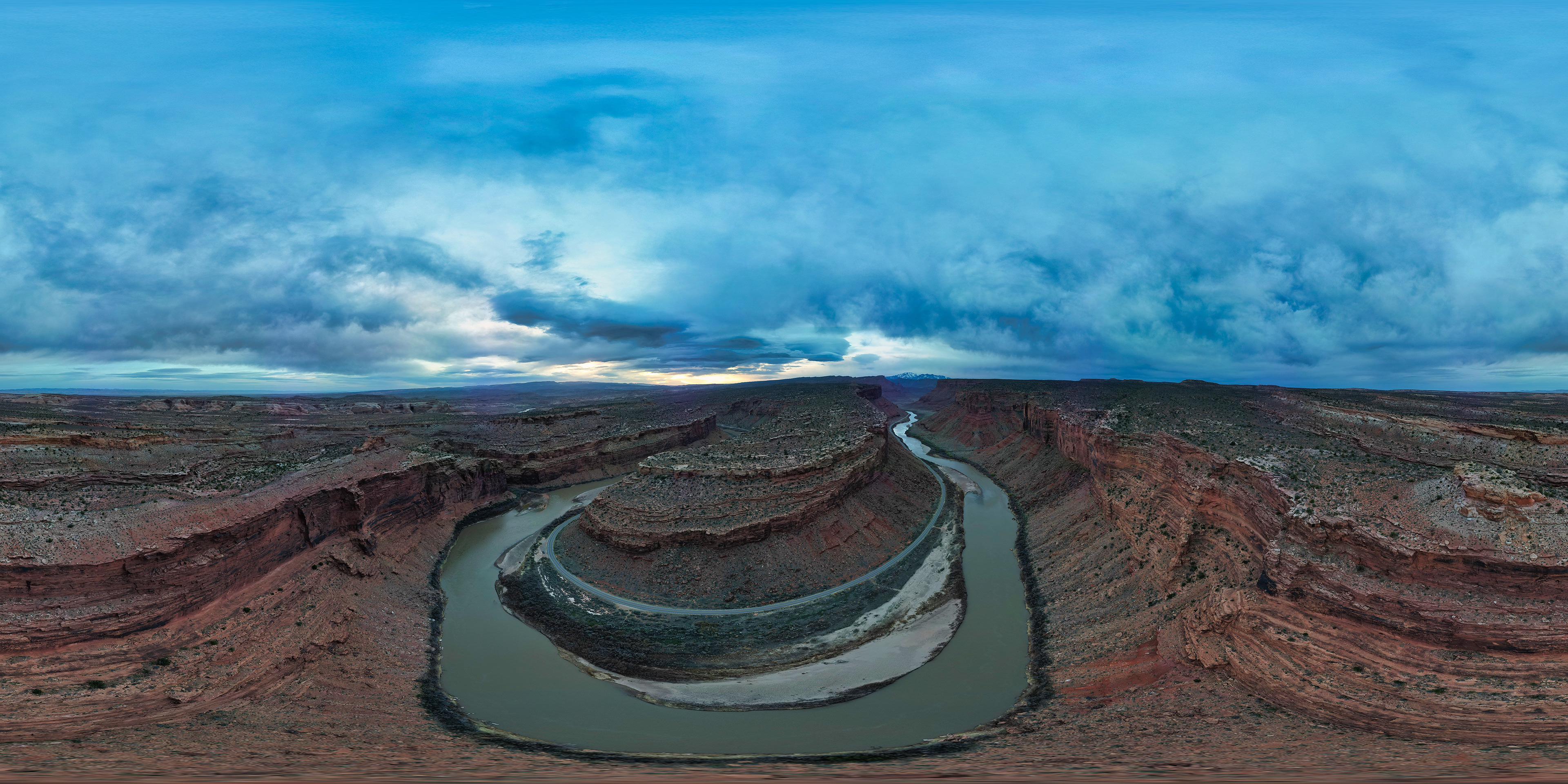




Arches Nationalpark

Arches Nationalpark
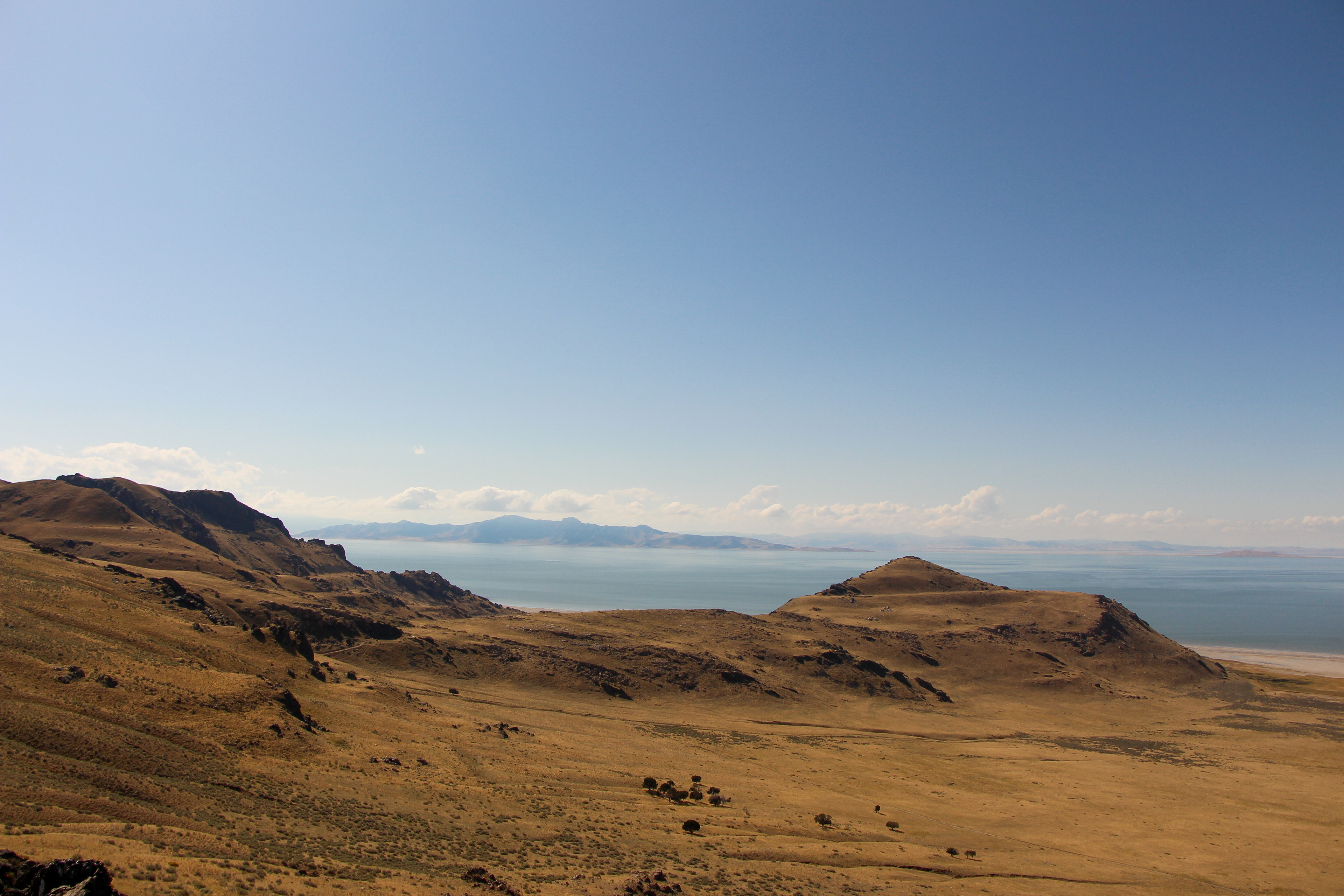
Salt Lake - Antilope Island

Zion Nationalpark


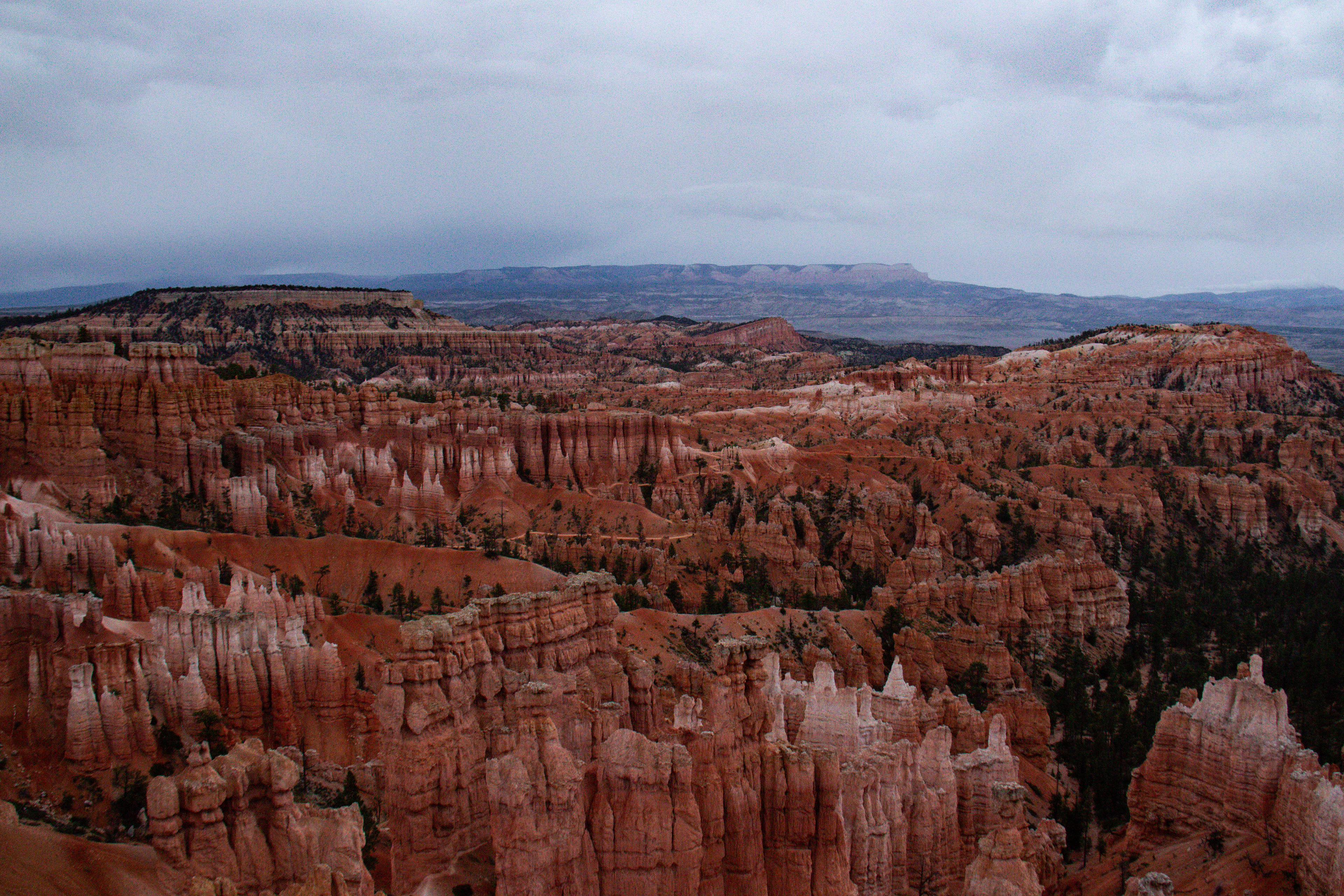


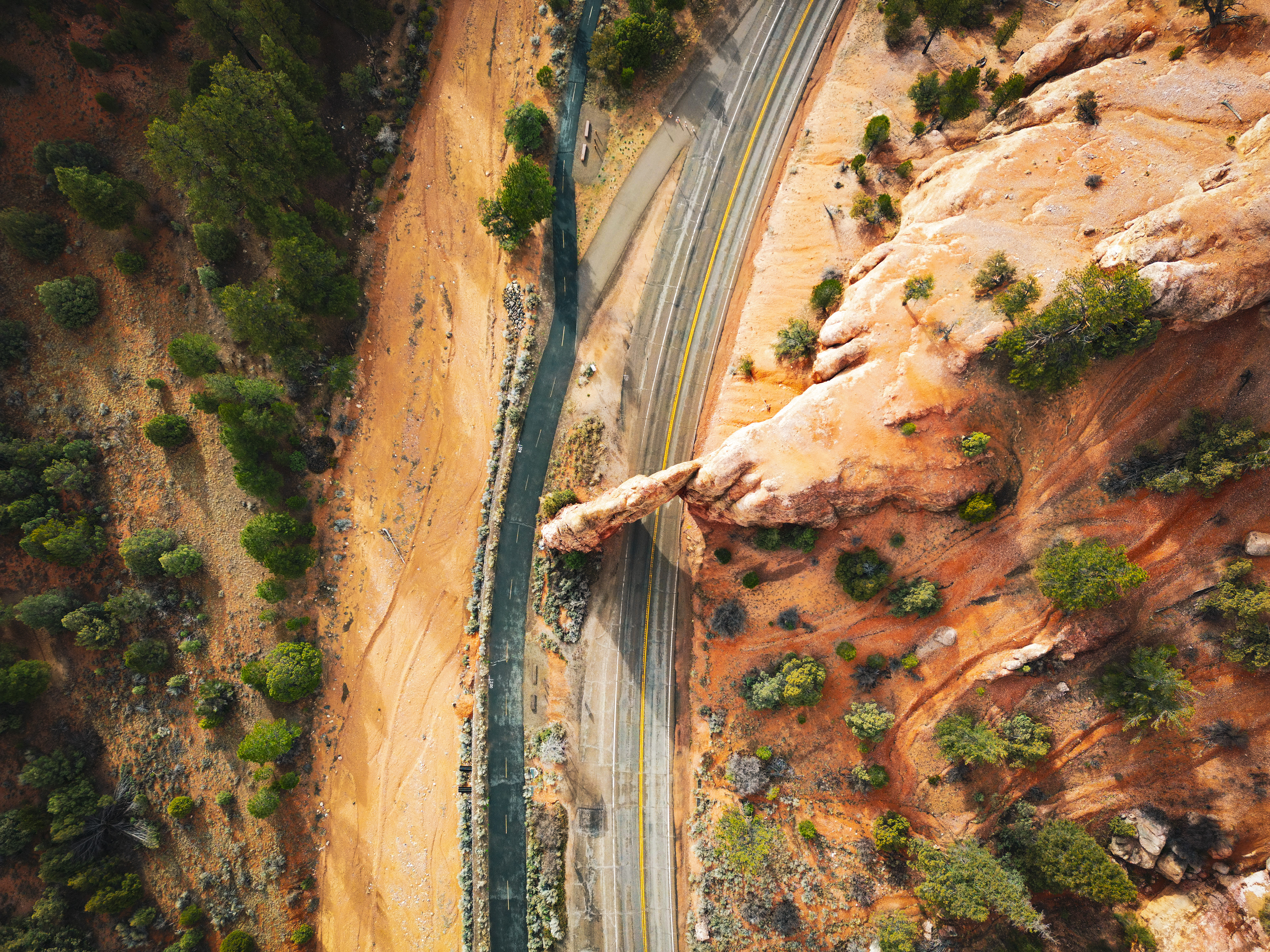

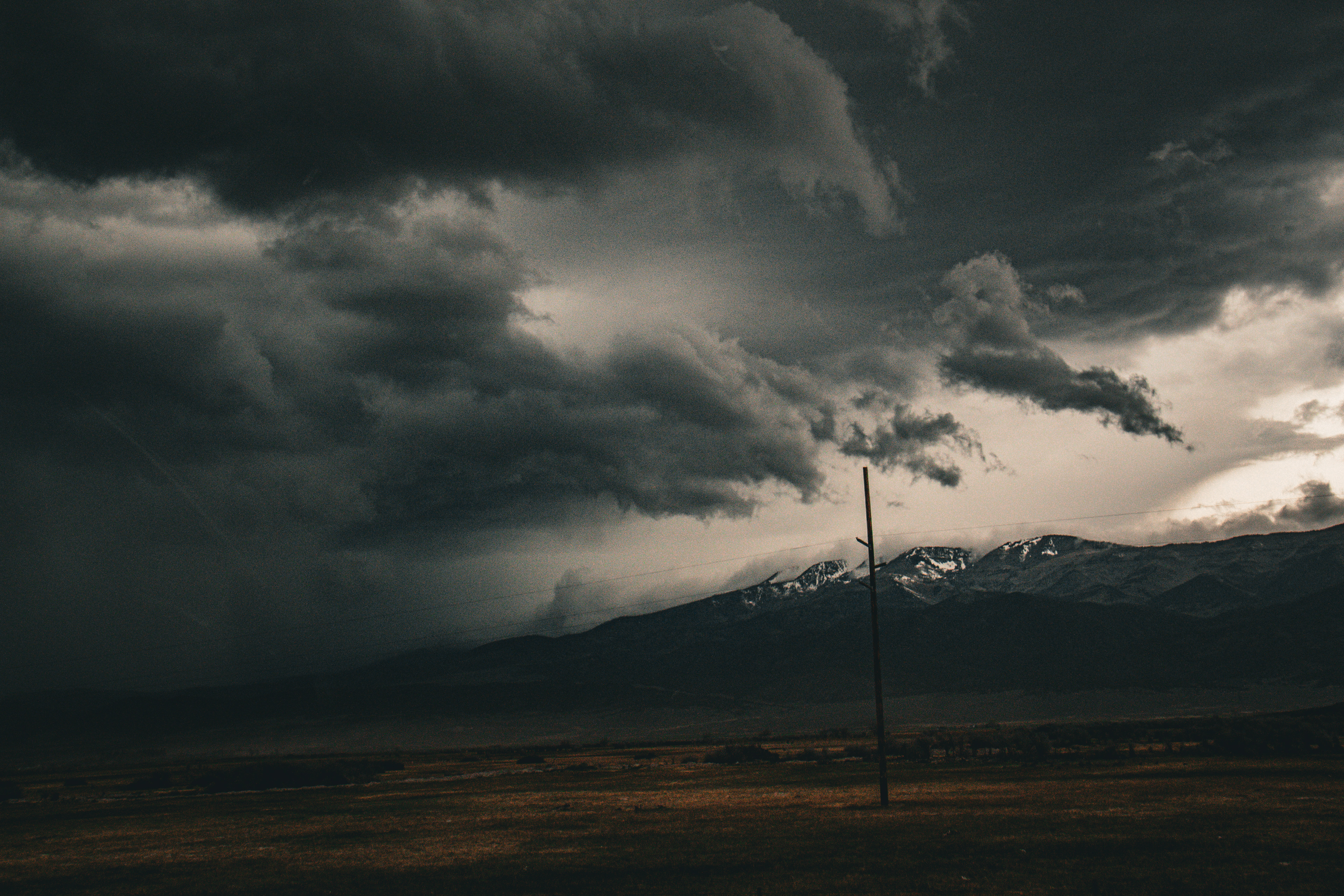
Cradled between towering mountain ranges and vast desert plateaus, Utah is a land of striking contrasts and immense ecological importance. From the snow-draped peaks of the Wasatch Range to the sculpted red rock canyons of the Colorado Plateau, Utah is a state where geology, climate, and biodiversity converge in truly unique ways. It is both a sanctuary for wildlife and a critical player in the water systems of the American Southwest.
Spanning over 84,000 square miles, Utah encompasses a remarkable variety of ecosystems. High alpine forests, arid deserts, salt flats, and riparian corridors all coexist within its borders. The state is perhaps best known for its iconic red rock landscapes—places like Arches, Canyonlands, and Zion National Parks—that attract millions of visitors each year. But beyond their dramatic beauty, these lands are home to complex and fragile desert ecosystems, where hardy plant species like pinyon pine and juniper thrive alongside cryptobiotic soil crusts and elusive wildlife such as mountain lions, desert tortoises, and peregrine falcons.
Utah’s ecological richness is deeply tied to its hydrology. The state sits at the heart of the Colorado River Basin, and much of its water originates as snow in the Wasatch and Uinta Mountains. These snowpacks act as seasonal reservoirs, slowly releasing meltwater into rivers and streams that feed into the Colorado River—one of the most important and heavily used water sources in the West. This water sustains agriculture, industry, and urban life across seven states and parts of Mexico.
The Great Salt Lake, one of the most prominent natural features in Utah, also holds immense ecological value. As the largest saltwater lake in the Western Hemisphere, it supports millions of migratory birds, including American avocets, phalaropes, and pelicans. Its wetlands are vital stopovers on the Pacific Flyway, one of North America's major bird migration routes.
In many ways, Utah embodies the challenges and responsibilities of the modern West. Its dramatic landscapes and diverse ecosystems are both resilient and vulnerable—dependent on careful stewardship, sustainable water management, and a deep understanding of the interconnectedness between land, water, and life.
